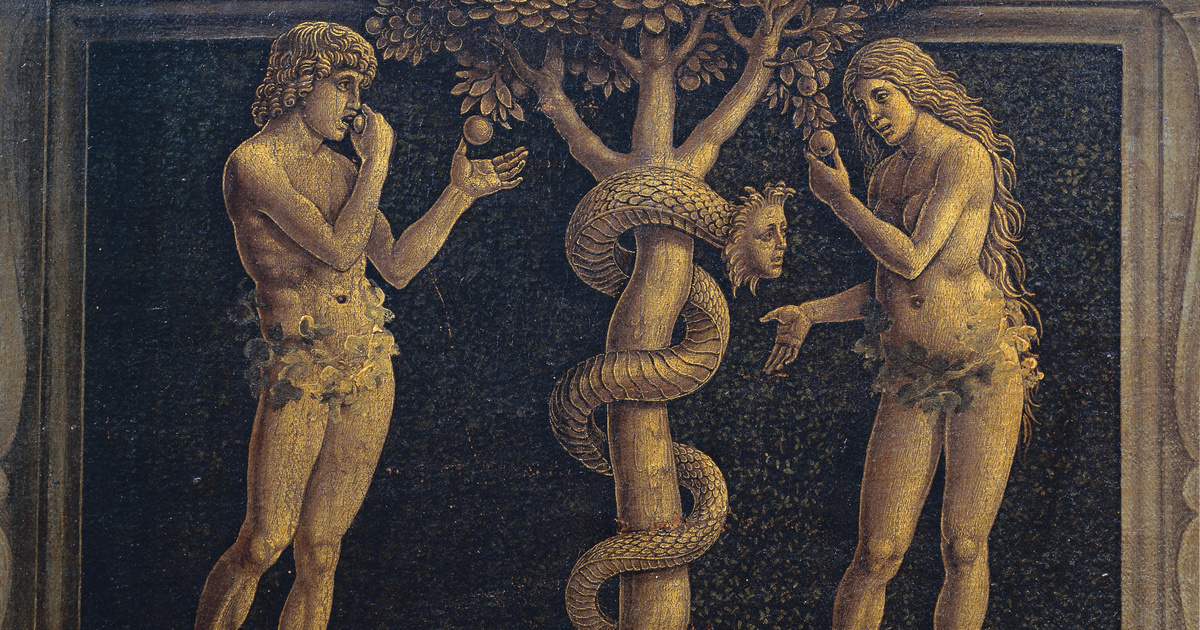I made my way to the pharmacy on a hot, sultry afternoon. The sun was covered with a carpet-like layer of clouds, scattering of flying light, and the air was almost stagnant due to the high humidity. A friend of mine asked me to stay with him, he had a fever. As we exited the pharmacy we took a moment at the entrance to disinfect our hands. I looked through the photoelectric glass door and my eyes found a green cross with a snake inside.
Why the snake?
I said to myself. Few animals have such a pejorative connotation in common parlance as this reptile. Even in the Bible, the serpent tempts Eve to sin; In the wild, this is a predator that often poisons or suffocates its victims. So why this pharmacy symbol? A person goes to the pharmacy to find a cure, to recover.
At home, I immersed myself in literature. The solution seemed simple at first, but with each passing hour, it became more and more complex. When it comes to medicine, there are many mixed symbols, but there are three basic ones:
- Rod Asclepius
- hygia cup,
- and the scepter (the staff of the messenger of Hermes).
Usually a Greek deity
Asclepius, son of Apollo, was the god of medicine in the ancient Greek faith world. Already around 300 BC, a sophisticated cult was built around it. The basis of the symbol, the serpent coiled around a stick, originates from it. The wand is a symbol of divine power, and the snake shedding its skin is a symbol of renewal. These two merged during the development of the cult, resulting in the staff of Asclepius.
As Henry E. Segeris, Swiss medical historian History of medicine In his book, he wrote that the reptile that appears in the symbol is a forest glider, which is harmless to humans, and in ancient times was used by the followers of Asclepius in medicine and rituals. In shelters where the sick and wounded were cared for,
These gliders could move freely through the passages, paying homage to the deity’s healing power, and asking for her help.
Hippocrates, who laid the foundations of European medicine, was also a follower of Asclepius. The section associated with the doctor’s name – which probably dates from much earlier – also mentions him among the healing deities.
I swear by Apollo the Healer, Asclepius, Hygea, and Panacia, and by all the gods and goddesses whom I hereby call for witness, that I will keep my next duties with all my strength and talents
– begins the oath that has had an impact on the premonitions of medicine to this day, and basic principles such as medical confidentiality and the primacy of protecting life are stated in it.
Simple misunderstanding, cruel outcome
Although the staff of Asclepius remains the most common symbol of health care, in many parts of the world it is often confused with the caduceus, the letter staff of Hermes. The symbol is a winged scepter, not wrapped around by a serpent, but by a serpent opposite the staff of Asclepius. Because of its similarity, it was incorrectly used several times as a symbol of medicine, but in the XX. century, misinterpretation of the scepter became widespread.
Introduced by the U.S. Army Medical Corps in 1902 on Army Medical Officer uniforms, it quickly spread across the United States—erroneously given a medical connotation.
Walter J. Friedlander appeared on the subject, The golden stick of medicine Based on his book XX. At the end of the twentieth century, more than sixty percent of professional medical organizations in the United States still used the staff of Asclepius as their symbol, while more than seventy percent of commercial medical organizations used the caduceus.
The writer explained this phenomenon by saying that while professional organizations gave priority to historical accuracy, knowing the meaning of both symbols, economic organizations decided to do so simply for commercial reasons.
Because the wands look better on the products, and with that they are able to increase sales.
The origin of the latter predates the staff of Asclepius. Gary Lachman’s 2010 book (Find Hermes Trismigestus) originally from Mesopotamia. Writer Ningiszida connects it with the deity of the underworld, whose symbol was also the serpent. The symbolism of snakes coiled around a stick dates back to around 3000 BC. However, her well-known form, the winged staff, could actually be associated with Hermes.
The caduceus mainly symbolizes Hermes himself, as well as the activities and occupations associated with Hermes. The scope of her interpretation covers commerce, negotiation, astrology, alchemy, and astronomy. He was also credited with magical powers. It calms the awake person to sleep and awakens the sleeper. According to another interpretation, he gently helps the dying die, while reviving the dead.
He stays in the family
The symbolic interpretation of the divine staff overlaps only slightly. Despite the frequent mixing of meanings, the majority of professionals still insist on their separate choice.
This is also important because, in terms of apothecaries, Asclepius’ rod only provides the foundation. In the green cross visible in front of the apothecaries, the forest glider is not wrapped around a staff, but a goblet, no longer a symbol of Asclepius, but of his daughter, Hügieia—from whose name the word for cleanliness comes. The goddess is – not surprisingly – the personification of good health and purity.
Today one of the most important symbols of public health is the Hügieia Cup, which was popularized in the 19th century.
This tradition, which supposedly began in Paris, has been adopted all over the world, but is best known in Europe. It is especially interesting that in Austria and Germany, instead of a green cross, a serpent and a goblet are often depicted with a red “A”, referring to the German word Apotheke (pharmacy). In some places scales also appear in the icons, but the most common is the cup with the serpent shown in a green cross. In contrast, in the united states, the mortar and pestle—the classic herbal-handling tools—are often a symbol of apothecaries.










































